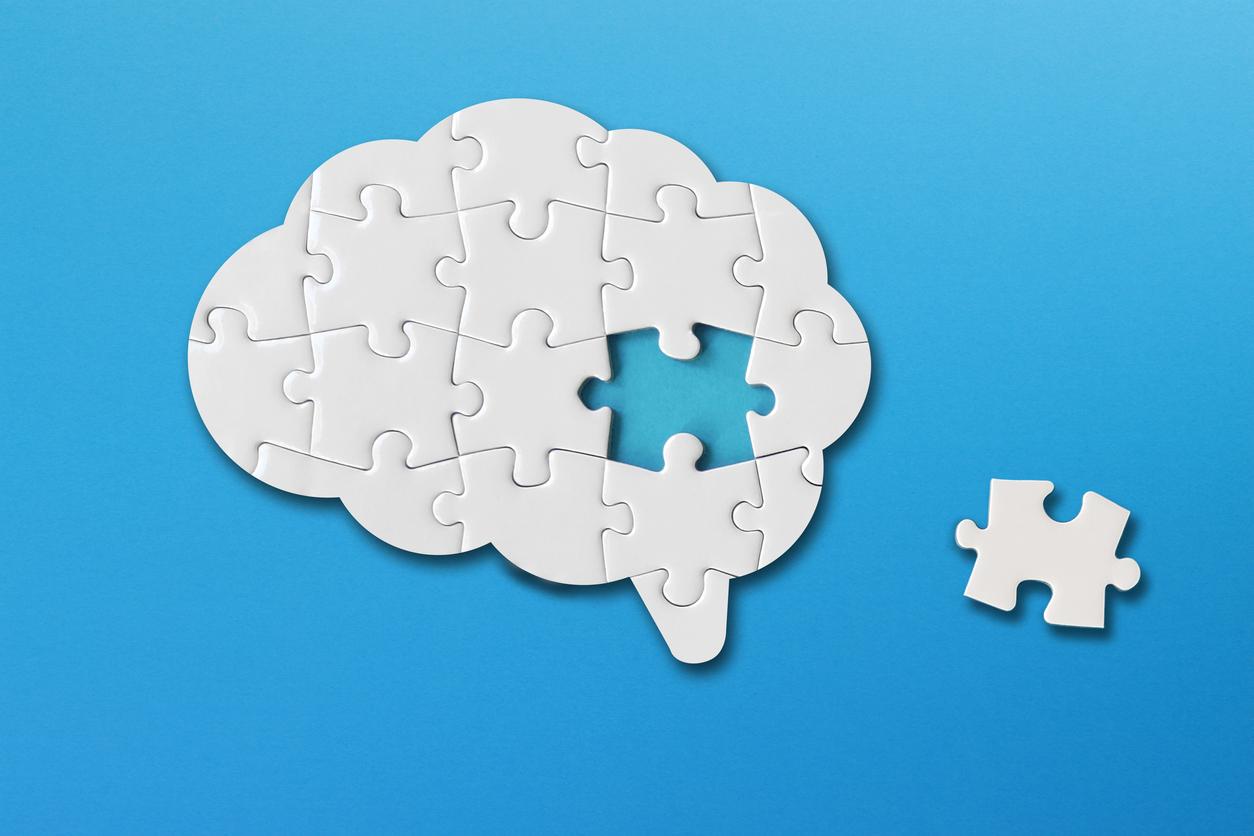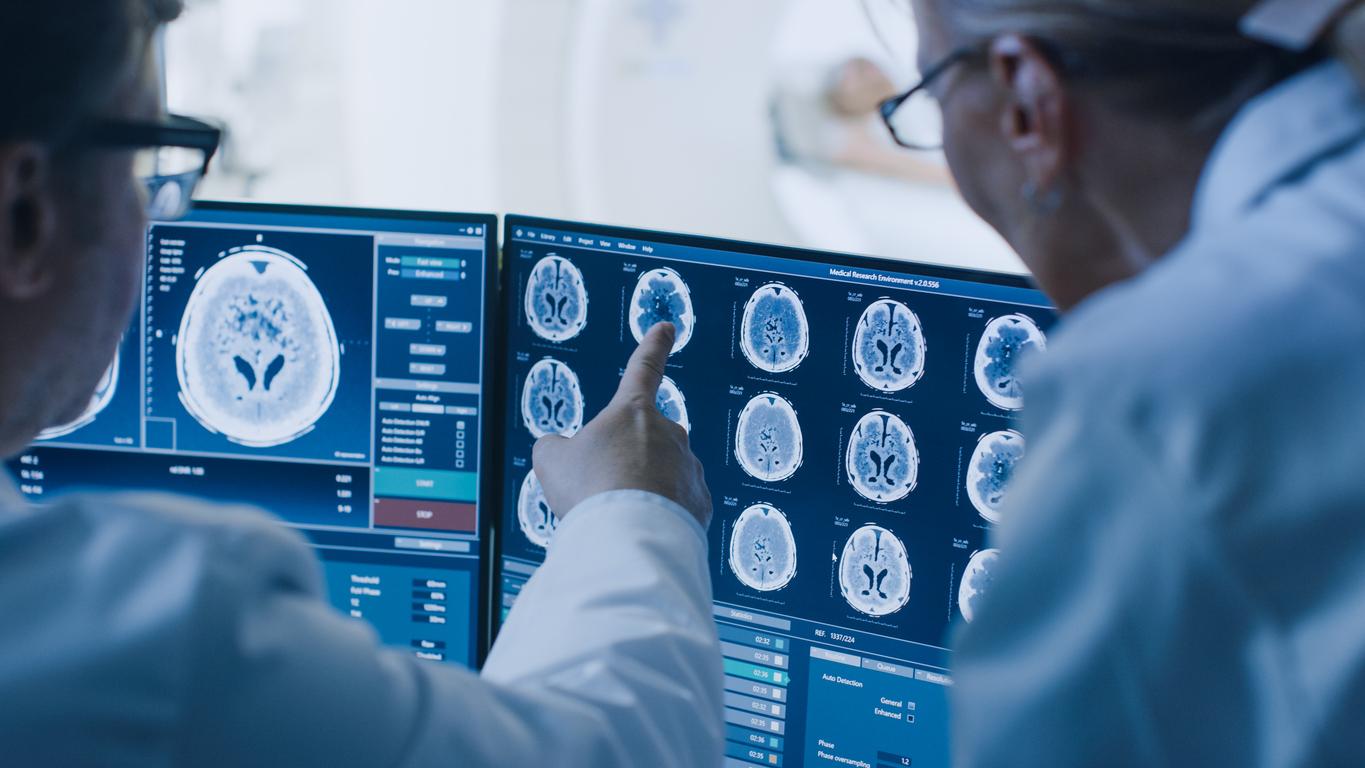Until now, the complete repair of brain damage, linked to a stroke or a neurodegenerative disease such as Alzheimer’s, for example, has been in the realm of science fiction. The experiment carried out by Franco-Belgian researchers could change the situation.
Afsaneh Gaillard, from the University of Poitiers, worked in collaboration with the Institute for Interdisciplinary Research in Human and Molecular Biology in Brussels, to repair the damaged cortex of a mouse. The animal’s damaged connections were refurbished with a neuron transplant. “We are the first to show that we can repair the cortex, in this case the visual cortex”, enthused Figaro Afsaneh Gaillard.
The feat, told in the specialized journal Neuron, was achievable by means of cell therapy. The neurons of the visual cortex have been recreated from embryonic stem cells, cultured in vitro. The new, still “immature” cells obtained at the end of this procedure were grafted onto the guinea pig mice. The evolution on the visual cortex of the rodent was then scrupulously observed during the following twelve months.
Conclusion: the grafted neurons succeeded in activating at eye level in 61% of the mice taking part in the test. The visual cortex was able to regain its normal functioning. In the others, undifferentiated cells were formed. For the researchers, the whole difficulty lies in the ability to produce neurons adapted to damaged brain areas.
It will be necessary to wait before seeing the results of a similar test in humans. The next neuron transplant experiment should take place on the brains of monkeys.
>> To read also: Unusual: a paralyzed man walks again thanks to the nerve cells of his nose
















